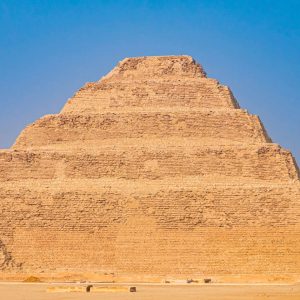

Home » Weekly Blog » The Ancient Nubian Kingdoms: A Luxurious Journey through History
Nubia, a land shrouded in mystery and splendor, stands as a testament to the ancient world’s opulence and sophistication. Nestled along the banks of the Nile River, this region witnessed the rise and fall of remarkable civilizations that left an indelible mark on history. In this comprehensive blog post, we embark on a luxurious journey through time to explore the wonders of the Ancient Nubian Kingdoms. From the enigmatic beginnings to the golden age of Meroë, we’ll delve into the lavish lifestyle of Nubian royalty, the architectural marvel of their pyramids, the captivating artifacts and treasures, and the enduring legacy they left behind. So, let us step back in time and uncover the grandeur of these ancient realms.

A. Geographical Location and Natural Resources of Nubia Nubia’s location in the northeastern corner of Africa blessed it with a wealth of natural resources, including fertile lands and access to the mighty Nile River. These resources played a pivotal role in shaping the civilization that emerged here.
B. Nubian Culture and Society
Social Structure and Hierarchy Nubian society was organized into a hierarchical structure, with kings and queens holding the highest positions of power. Beneath them were priests, nobles, and artisans, all contributing to the cultural fabric of the kingdom.
Religious Beliefs and Practices Nubia’s religious beliefs were a fusion of indigenous and Egyptian traditions, leading to a unique and diverse religious landscape. Temples and rituals held a central place in their daily lives.
Art and Architecture The Nubians were renowned for their artistic talents, expressed through stunning sculptures, pottery, and paintings. Their architecture, particularly the Nubian pyramids, remains awe-inspiring to this day.
A. Early Nubian Kingdoms and Their Emergence The ancient Nubians gradually evolved from small chiefdoms into organized kingdoms. Archaeological evidence sheds light on the early stages of their political and social development.
B. The Kingdom of Kerma
Historical Background and Major Achievements Kerma, one of the earliest Nubian kingdoms, rose to prominence through trade and agricultural prowess. Their advancements in metallurgy and pottery were remarkable for their time.
Trade and Prosperity Kerma’s strategic location on the trade routes between Egypt and Central Africa enabled them to accumulate great wealth, leading to their eventual expansion.
C. The Kingdom of Kush
Nubian-Egyptian Relations and Influence Kush’s connection with ancient Egypt profoundly impacted its culture, architecture, and political structure. The influence of Egyptian pharaohs can be seen in Kushite art and their adoption of Egyptian customs.
The Era of Napata: An Opulent Period in Nubian History Napata, the capital of the Kingdom of Kush, became a center of power and luxury during the height of Nubian influence. Its wealth and prestige rivaled that of its Egyptian neighbors.

A. The Relocation of the Capital to Meroë Due to increased Egyptian influence, the capital of the Kingdom of Kush was moved south to Meroë. This decision marked the beginning of Meroë’s golden age.
B. Prosperity and Wealth of the Meroitic Civilization Meroë thrived as a hub of trade and industry, producing iron, luxury goods, and exporting exotic items to distant lands. This prosperity allowed the Nubians to lead luxurious lifestyles.
C. The Significance of the Meroitic Script and Language The Meroitic script remains one of the most intriguing aspects of Nubian history. Despite progress in decipherment, much of its content remains a tantalizing mystery.
A. The Nubian Pyramids: A Unique Architectural Marvel The Nubians erected majestic pyramids, distinct from the ones in Egypt, as tombs for their royalty and elite. These awe-inspiring structures stand as a testament to the Nubian Kingdoms’ grandeur.
B. Precious Artifacts and Royal Treasures
Exploration of Nubian Tombs Archaeologists have unearthed exquisite treasures from Nubian tombs, offering a glimpse into the sumptuous lives of Nubian rulers and nobility.
Ancient Nubian Jewelry and Craftsmanship Nubian artisans mastered the art of jewelry-making, crafting intricate pieces using precious metals, gemstones, and unique design motifs.
A. The Pharaohs of Kush and Meroë Nubian kings and queens held divine status, often depicted in regal attire adorned with symbols of power. They ruled with a blend of authority and spirituality.
B. Nubian Queens: Powerful and Influential Figures Nubian queens, such as Amanirenas and Amanishakheto, played pivotal roles in politics, warfare, and diplomacy. Their strength and leadership are an inspiring aspect of Nubian history.
C. Daily Life and Luxuries of the Nubian Elite Nubian elites enjoyed luxurious lifestyles, evident from the artifacts discovered in their tombs. Lavish banquets, extravagant clothing, and sophisticated leisure pursuits were common among the ruling class.
A. Nubian Trade Connections with Egypt, Rome, and Other Ancient Civilizations Nubia’s strategic location on the Nile River enabled it to flourish as a trading nexus between North and Central Africa, the Mediterranean, and beyond.
B. The Wealth of Nubia: A Center of Commerce Through lucrative trade routes, Nubia amassed vast wealth, attracting merchants and travelers from distant lands.
A. Factors Leading to the Decline of the Nubian Kingdoms Various factors, including changes in trade patterns, climate, and military conflicts, contributed to the decline of the Nubian Kingdoms.
B. Nubia’s Lasting Impact on History and Culture Despite their eventual decline, the Nubian Kingdoms’ legacy lives on through their contributions to art, architecture, language, and cultural exchange.
C. Modern Perspectives on Nubian Heritage Efforts to preserve and study Nubian heritage continue to shed light on this fascinating and influential ancient civilization.

A. Prominent Archaeological Sites in Nubia Travelers and history enthusiasts can experience the grandeur of the Nubian Kingdoms through visits to key archaeological sites like Meroë, Kerma, and Napata.
B. Travel Tips and Recommendations for Visitors Practical advice for exploring Nubian sites, including safety precautions, local culture, and recommended itineraries.
A. Early Explorations and Rediscoveries The rediscovery of Nubia’s ancient wonders by explorers and archaeologists in the 19th and 20th centuries led to a renewed fascination with this forgotten civilization.
B. Preservation and Conservation Efforts The importance of preserving Nubia’s cultural heritage and the challenges in safeguarding archaeological sites from modern development.
C. Modern Research and New Discoveries Advancements in archaeological techniques and technology have yielded new insights into the Nubian Kingdoms, reshaping our understanding of their history.
A. Unraveling the Aesthetics of Nubian Art Exploring the distinctive features of Nubian art, its symbolism, and the portrayal of power, beauty, and spirituality.
B. The Allure of Nubian Architecture Delving deeper into the architectural prowess of the Nubians, from the pyramids to temples and palaces, and their profound impact on later civilizations.

A. Nubia’s Interactions with Ancient Egypt and Beyond Examining the mutual influences between Nubia and Egypt, as well as Nubia’s interactions with other neighboring cultures.
B. Nubia’s Role in African History and Identity Highlighting the significance of Nubia as a vital part of Africa’s cultural and historical tapestry, influencing various regions across the continent.
A. Unraveling the Enigma of the Meroitic Script Detailing the challenges faced in deciphering the Meroitic script, the progress made, and the tantalizing puzzles that remain unsolved.
B. Linguistic Insights into Nubian Heritage Exploring the linguistic connections between ancient Nubian languages and modern Nubian dialects, revealing the continuity of Nubian culture.
A. Contemporary Efforts in Nubian Heritage Preservation Showcasing the initiatives of governments, institutions, and local communities in preserving Nubia’s archaeological treasures and intangible heritage.
B. Responsible Tourism and Nubian Cultural Respect Encouraging responsible tourism practices to protect Nubia’s cultural sites and ensure the sustainable development of the region.
In this extensive exploration of the Ancient Nubian Kingdoms, we have witnessed the opulence and grandeur of a civilization that shaped the course of history. From their rise in power to their enduring legacy, the Nubians captivate us with their art, architecture, and luxurious lifestyles. As we marvel at the wonders of this ancient realm, let us also remember the importance of preserving and cherishing Nubia’s heritage for generations to come. The Ancient Nubian Kingdoms continue to inspire us, reminding us that the allure of the past lies not only in its grandiosity but also in the stories of resilience, cultural exchange, and human creativity that transcend time.
B. Responsible Tourism and Nubian Cultural Respect Encouraging responsible tourism practices to protect Nubia’s cultural sites and ensure the sustainable development of the region.
Sign up to hear about our upcoming adventures, monthly newsletter, exclusive offers, and more!
Required*
Not Ready to book?
Get regular updates on upcoming tour and special promotions.


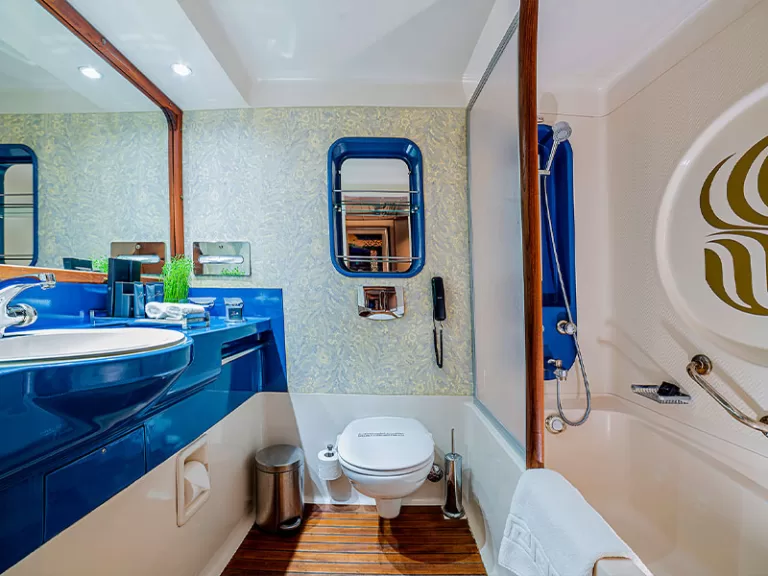

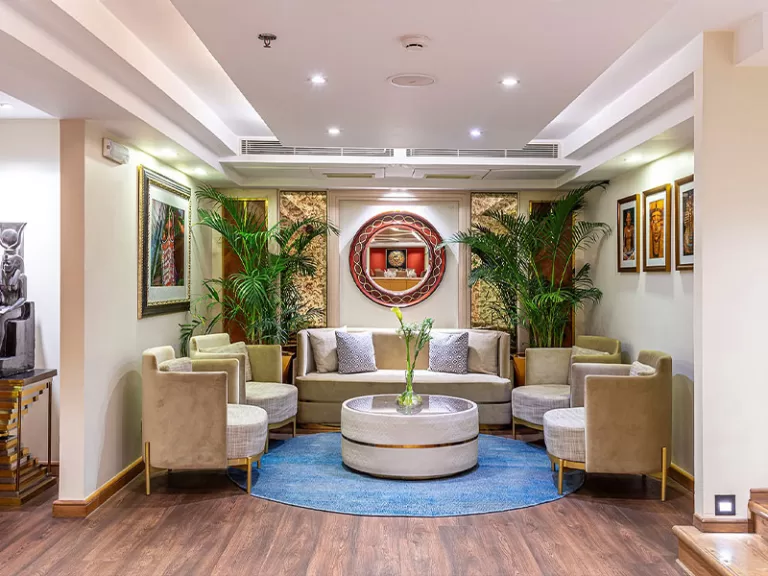
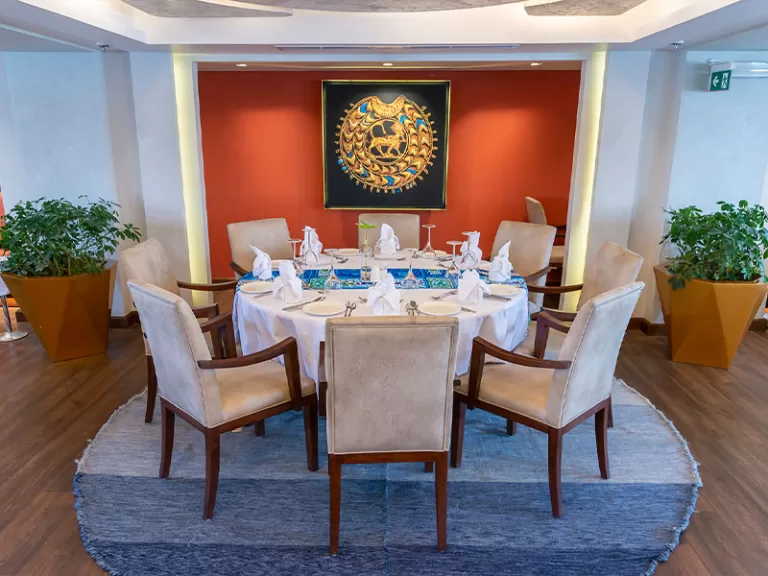
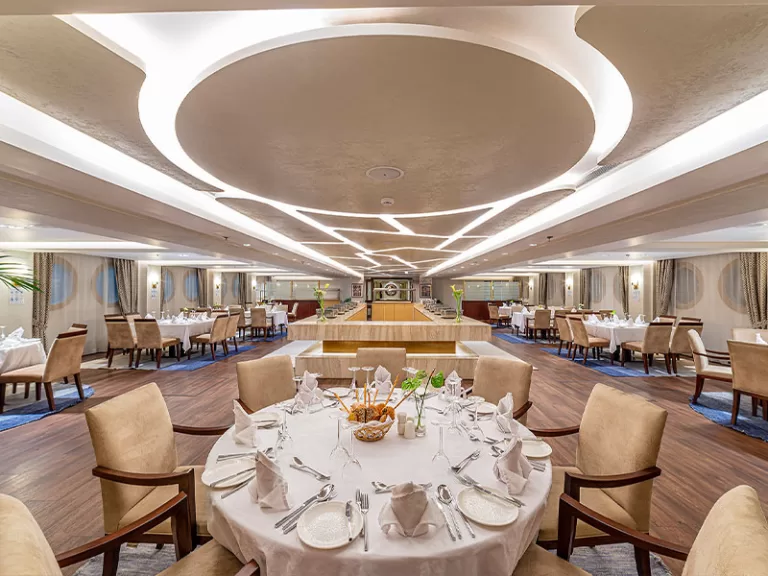
Sign up for our Mailing List to get updates on our current offerings.

We look forward to seeing you on one of our tours!